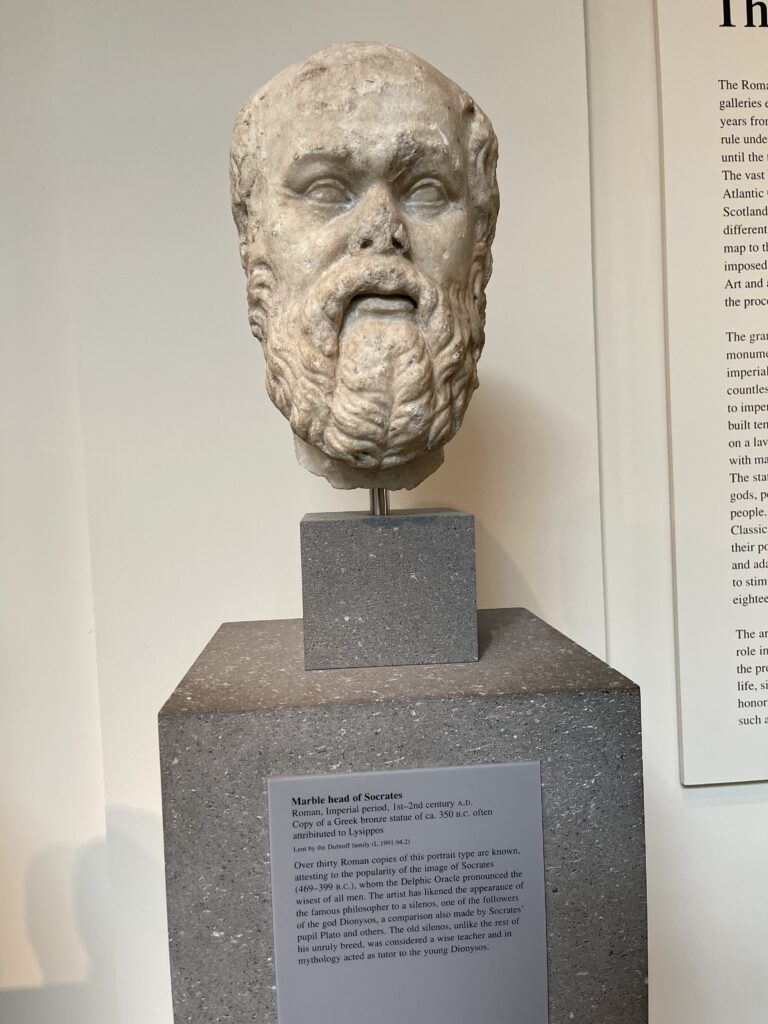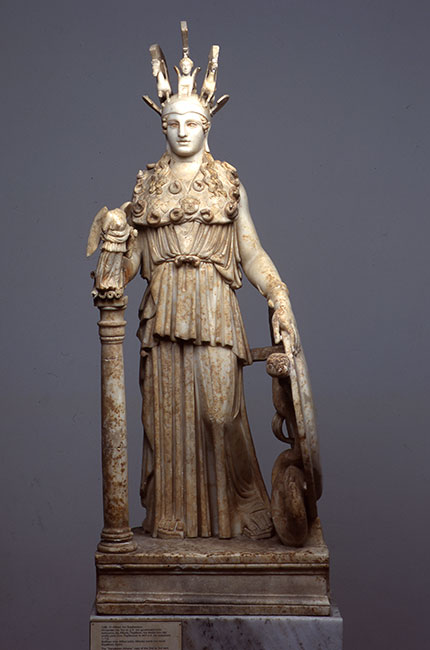Summary
This past weekend at The MET, I revisited the Greek and Roman art gallery, viewing it through the lens of my research on Roman misinterpretations of Athenian democracy. I noticed that many "Greek" statues are actually Roman copies, leading me to reflect on how much of ancient Greece we actually see through Roman eyes.
This past weekend, I went to the Metropolitan Museum of Art. I have been going there since I was a little kid, noticing new things about the exact pieces I have already seen countless times. With only an hour left before the museum closed, I made sure to head over to my favorite exhibit: the Greek and Roman art gallery (perhaps a bit on the nose, I know). This is a section of the museum I have seen many times in recent years, especially since I started studying classics. However, this was my first time viewing the wing since beginning my summer research project.
My research, focusing on how the Roman Republic interpreted Athenian democracy and the consequences of their interpretations, provided me with a new lens from which to view the exhibit. Upon looking at the different sculptures throughout the exhibit and reading their associated plaques, I noticed a common trend: many of the “Greek” statues in the exhibit were actually Roman copies of Greek statues.

This Roman marble sculpture from the 1st-2nd century CE, housed at the Metropolitan Museum of Art in New York City, is a copy of the original Greek bronze statue from circa 350 BCE and depicts the philosopher Socrates.
This is not necessarily a surprise, as much of the original Greek art has been lost to time (and theft). In fact, it is because of Roman copies like these that we know what many famous Athenian statues looked like. For example, the only physical reference we have for what the Athena Parthenos, a legendary statue sculpted by Pheidias and located inside Athens’ Parthenon, looked like, is a Roman copy.

The Varvakeion Athena, housed at the National Archaeological Museum in Athens, is a Roman copy of the Athenian statue of Athena Parthenos which was located inside the Parthenon.
Some argue that the Romans made these copies out of a genuine appreciation for Athenian and Greek societies as a whole. However, the fact that we do not have access to many of the original sculptures these copies are based on does leave us with an interesting question to ponder: how much of Athens and the Greek world do we see not from the eyes of the Greeks, but from the eyes of the Romans.
This is not to say that the Roman copies were not faithful to the originals, as there are written descriptions of the original statues that can affirm the accuracy of the copies, albeit many were made out of different materials. Rather, I am trying to point out a common occurrence throughout the historiography of Ancient Athens. Whether through art or literature, much of the general consensus on Ancient Greece has come not from the Greeks but from the Romans.
As such, when dealing with the broader topics of democracy, something that is generally attributed to ancient Athens, we must deconstruct the Roman narratives that have been applied to the original concepts. While many of the Roman copies of Greek sculptures may very well be accurate to the originals, I believe the same cannot be said for how the Romans interpreted and adapted Athenian governance. This is what I intend to continue to explore in my research.